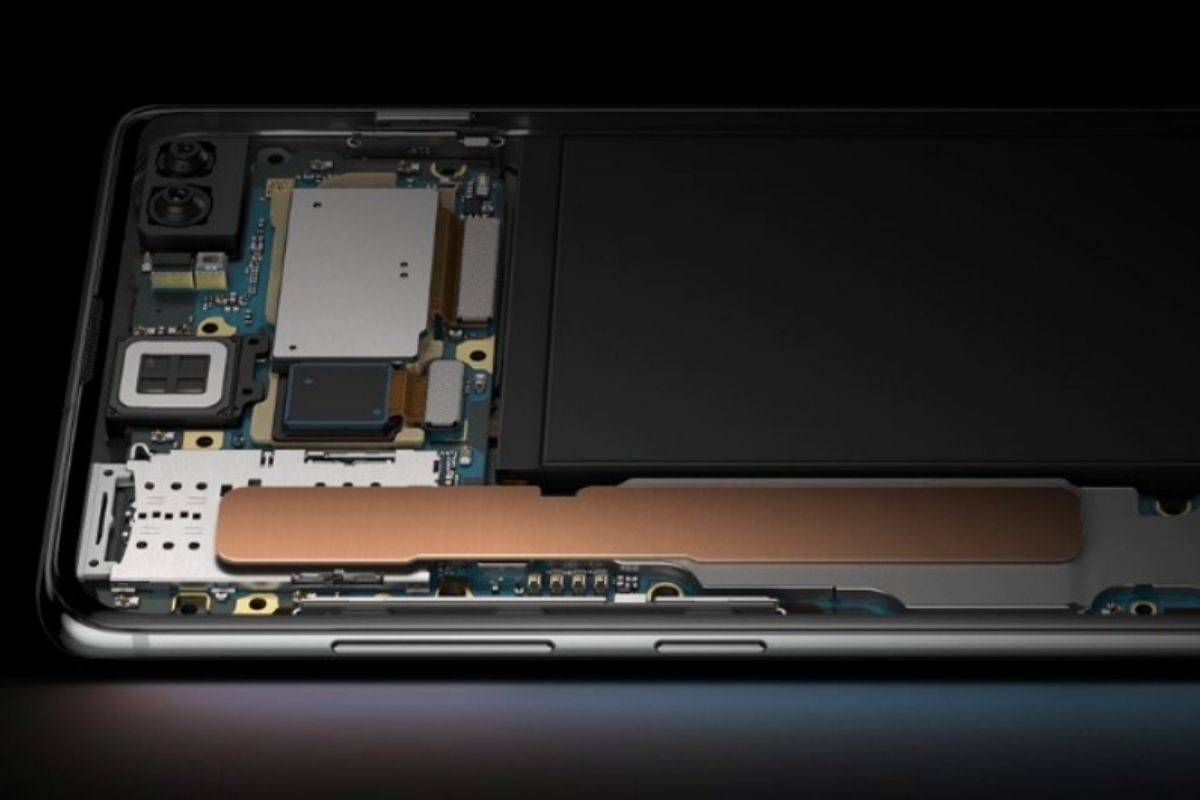Korean giant Samsung has never been shy when it comes to taking a detour, even when it comes to its flagships, as it was one of the first handset makers to launch a device with a 108MP primary sensor. Even its foldable series, which was subjected to critique due to build issues with the first-generation Fold, later became known for its advancement. Now, it seems that Samsung might reintroduce vapour chamber based cooling for its 2022 series smartphones, a technology that the latest and greatest S-series of devices, the Galaxy S21 series, lacked. According to Digitimes, with the basis of quoting supply chain sources, suppliers seem to be gearing up for Samsung’s vapour chamber development as the deployment of technologies such as 5G begins rapidly increasing and chipsets growing faster than ever. In case you were wondering, Samsung had previously employed the use of the vapour chamber in devices such as the Galaxy S10 Plus. The company at the time had claimed that it improved both the phone’s efficiency and performance. However, this tool has failed to appear on every Samsung flagship device launched after the S10 Plus. Previous teardowns have suggested that not all Galaxy S20 and Note 20 devices featured the technology, with the Galaxy S21 series opting to ditch the vapour chamber concept entirely.
What Exactly is a Vapour Chamber?
To clarify, a vapour chamber is a cooling solution that allows for greater heat dissipation on devices like PCs, smartphones and gaming or performance-focused laptops. For laptops, they consist of a vacuum-sealed metal canister that is faltenned, with a little bit of liquid inside. When it is heated, the liquid converts to gas, cools and subsequently condenses, and then travels back to the heat source through a secondary channel. Overall, this process, when combined with the chamber’s larger surface area, allows for heat to dissipate faster than a chunk of solid metal or a smaller heat pipe. When it comes to Samsung, the benefit of using a vapour chamber is but obvious, as cooler smartphones work better and do not put pressure on the battery. When this is coupled with better performance for the SoC, as it would allow for longer running without too much of effort, something that can aid gaming, benchmark tests and intensive tasks, the decision to include the same is a no-brainer. There are certain caveats, such as the need to occupy a greater amount of space in the device shell which could be used for tools like larger batteries, more elements or better antennas, but for users who prioritise these things, a larger device might be a smarter buy. All this having been said, I do not expect Samsung to launch this tech just yet, but the report does hint at the chances of a vapour chamber on the Samsung Galaxy S22.
